|
This time we are going to talk about the two big pink flowers in the big hearts. Now, since Janet Granger has published two excellent thread substitution lists on her blog, I'll concentrate on the actual stitching. Do visit Janet's blog as it is a really good read and personally I can't wait for her to start the actual stitching! First up was the carnation. And the first stitch called for was the beaded diamond stitch. Never heard of it. But the step-by-step photographs provided in Inspirations were excellent and I soon mastered this stitch. It is quite pretty with the beading. However, as the space is limited in the lower petals, it all becomes a little crammed. I am especially proud of my padded satin stitch calyx covered with a tiny trellis. I love this stitch combination and the threads used (silk and metallics). As I am severely allergic to fishbone stitch, I swapped it for fly stitch on the flanking petals. You see, it is ok to push yourself to learn new things. But, you'll find that there are certain stitches that give you the creeps. In my case: fishbone stitch. And it is perfectly ok to swap stitches in a design devised by somebody else! Oh, and once I completed the carnation and compared it with Carolyn's original, I spotted a further difference. My petals do not touch the calyx. Then I checked the line drawing of the pattern and saw that this is indeed different from Carolyn's piece. Personally, I quite like the separation and will leave it. However, if you don't like it: pay heed before you start stitching. Next up is the lily. Quite straight forward stitching with Vandyke stitch (one of my favourites!), satin stitch and fly stitch. The largest lower petals were covered with satin stitch using two strands of silk. The instructions advice you to follow the petal-curve with your stitches. However, as this is a rather small area and you are working with a double strand, it is a bit hairy. Therefore, I stitched the second lily on the back heart with a single strand and the result is a lot smoother. Note to self: only ever execute satin stitch with a single strand :). And then I hit a block. Oh dear. I ran into cable plait stitch. Another unknown stitch to me and this time I could not make heads or tails from the step-by-step instructions. So what does an embroidering damsel in distress do? Well, certainly not call for a handsome, but rather big-boned knight with zero-knowledge of embroidery stitches. Instead one consults Mary Corbet's excellent how-to-video on cable plait stitch. Then one grabs a thicker thread and a spare piece of cloth and practices. Then one finally returns to Strawberry Fayre and continues to stitch. Do I like cable plait stitch? Yes!, or at least when I stitched it with perle #8 on 40ct linen. Even when closely spaced. Do I like it as an outline on the lily petals stitched with Gütermann silk? Not so much. The thread is so thin and the subsequent stitches so tiny, that the braid-like appearance is lost to the naked eye. Another annoyance was the thread itself. Gütermann silk breaks a lot with this stitch. Instead, I have opted for coral stitch with a slightly thicker thread (Soie Perlee #384 by Au ver a soie) on the other lily. I liked this thread and its colour so much, that I also embroidered my initials and the year with it. I think my overall impression so far with Strawberry Fayre is that it is basically crewel embroidery on the scale of fine whitework. This is by no means a mistake or displeasing, but it does mean that most of my young-at-heart-but-with-older-eyes readers will need to use a magnifier for the whole project. In comparison, I liked the Home Sweet Home project better as, at least for me, thread choice and stitches were better. I would love to hear your thoughts on this! Please do leave a comment below. Next time we are going to check in with this project, the leaves and the beaded flowers will make an appearance.
Note: I have not finished this project as the instructions were faulty and the kit did not contain enough materials.
18 Comments
With my husband's unemployment and the big fire, the past months have majorly disrupted our lives. It isn't always easy to keep going whilst student numbers dwindle and webshop sales are low. And although you see the same thing happening to other excellent colleagues, you also see some embroidery businesses doing really well (or at least that's what their social media shows). This does make me feel very low and insecure at times. What's the way forward? One thing I am going to change over the coming months is the lay-out of my studio. At present it is completely geared towards embroidery tuition and webshop stock. As I want to stitch more myself in the new year, the new lay-out should better accommodate my own work routine. So, I have started to declutter and sort through my gigantic stash. And that's when I re-discovered a stack of mesh food covers! A couple of years ago, I decorated the above food cover with silk ribbon and stumpwork as a gift for a friend. It was inspired by the embroidery of Lesley Turpin-Delport and Nikki Delport-Wepener. It was great fun to do, but it took a very long time and the end-result was maybe not very practical :). So, in my search for 'quick' and 'practical', yet fun, I came up with the above. After all, the mesh of a food cover does resemble canvas. But beware! Not all food covers are equal. Some have a beautiful regular mesh and others have only partial regular mesh. Inspect them closely before using or you are in for a stint of backwards stitching.
Other points to keep in mind when you would like to pimp your food cover: - be careful when carrying threads on the back... - use long threads to minimize starting and ending... - double your thread with the two tails in your needle and start with loop for anchoring on the back... Have a fabulous week! Federkielstickerei uses feather quills to embroider on leather. The tail feathers of a peacock are split to produce a workable 'thread'. The leather is prepared by using an awl to prick the holes (just like the hole drilling before you can embroider on eggs). Federkielstickerei is an old craft which requires a lot of skill. A Hosenträger (traditional leather breeches) decorated with this type of embroidery has been and still is of great value and seen as a status symbol. Another common sight with traditional men's clothing in the Alpine regions of Germany, Austria and Italy is the Kraxen or broad belt. Below is a charming short video featuring Georg Leitner, one of the last men earning his living with this ancient form of embroidery: Hope you enjoyed this blog post and I would love to meet you at the Leonhardimarkt early November :)!
Two weeks ago I found, in between all the spam on easy loans, Viagra and what not, a most impressive surprise in my mailbox. Ginette Marcoux, one of the readers of this blog, wrote the following: "Today I want to share with you a special thanks for the prize winning beautiful embroidery of the fox from Millie Marotta colouring book. Because I came across a post on Mary Corbet's site talking about it I got curious and went on your site. And then.....then..... I fell in love with it! I am what Mary calls a very determined beginner embroider and I decided that if I bought the book, and follow your instructions I could do this, I simply had to work on something inspiring. So here is a picture I took when I was done (it took me nearly a whole year of trial and errors). Although I tried and tried again the stumpwork it was over my competencies, so I decided to add some bead leaves to compensate." And when I asked her if I could share her beautiful embroidered fox, this is what she wrote: "Thank you for your kind words, without your inspiring modern approach to embroidery design I think that I would have dismissed this art altogether (I thought that embroidery was for older people!). If you believe it could be of interest for others to see what a new embroiderer can do with a bit of determination and a lot of discovery learnings, then yes it will be my pleasure to share this project with them. Thank you for sharing all your work as well!" I am still blushing about Ginette's lovely comments! It makes my heart swell as this is exactly why I do what I do. So without further delay, here is her great rendition of the Millie Marotta fox: I think Ginette's work is stunning! The idea to use beaded elements instead of stumpwork wired elements works so well. Her fox has so much definition! It makes me want to make another one... And lucky as I am, I had further incredible mail a couple of days later. Francoise Richard, a reader from France, send me an email regarding last week's post on the project Strawberry Fayre. It turns out she has already stitched the project using her own stash. She kindly let me share with you her list of used supplies and some pictures. How cool is that?! This is what she wrote: "Bonsoir, I am Françoise from Françe and embroiderer for my pleasure. First, I would tell you that I follow your blog every time because you are a great embroiderer, I love all what you do! I made this fabulous kit of Carolyn Pearce this September but I don't purchase the kit because it is too expensive and I have a lot of threads and beads. You will see the photo above and this are the supplies I have used: Dmc stranded Cotton art 117: 727,210,208,915,911,913,954,910,3818,912 Dmc satin: 552,700 Caron collection Silk waterlily cardinal Gloriana silk 106 , 061 Ver à soie , soie d'Alger 2941, soie surfine 223, soie Metallic au sextant 122440, soie de Paris 3023 Guterman sulky ca02776 Madeira Metallic 12 et 305 Beads mill Hill petites 40332, 40557, 42101, 42012, 40553 42011 Mill Hill glass seed beads 02077, 02011" Now that made me blush again! I am blessed with great readers indeed. So here are Francoise's pictures of Strawberry Fayre: To all others who follow along with the Strawberry Fayre project: do read the great comments on last week's blog post (and probably future ones as well :)!). You are such a helpful bunch and this project is so popular, that great comments came in on possible substitutes. Someone even came up with the brand name of a possible substitute for the fabric! You will be able to find all blog posts regarding the project by clicking on either 'Carolyn Pearce' or 'Strawberry Fayre' in the right-hand categories column.
|
Want to keep up with my embroidery adventures? Sign up for my weekly Newsletter to get notified of new blogs, courses and workshops!
Liked my blog? Please consider making a donation or becoming a Patron so that I can keep up the good work and my blog ad-free!
Categories
All
Archives
July 2024
|
Contact: info(at)jessicagrimm.com
Copyright Dr Jessica M. Grimm - Mandlweg 3, 82488 Ettal, Deutschland - +49(0)8822 2782219 (Monday, Tuesday, Friday & Saturday 9.00-17.00 CET)
Impressum - Legal Notice - Datenschutzerklärung - Privacy Policy - Webshop ABG - Widerrufsrecht - Disclaimer
Copyright Dr Jessica M. Grimm - Mandlweg 3, 82488 Ettal, Deutschland - +49(0)8822 2782219 (Monday, Tuesday, Friday & Saturday 9.00-17.00 CET)
Impressum - Legal Notice - Datenschutzerklärung - Privacy Policy - Webshop ABG - Widerrufsrecht - Disclaimer

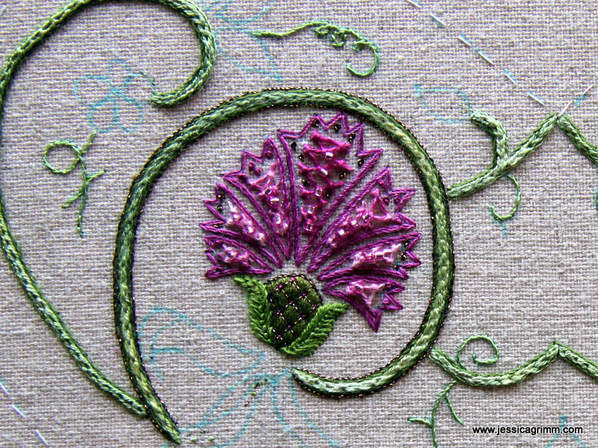
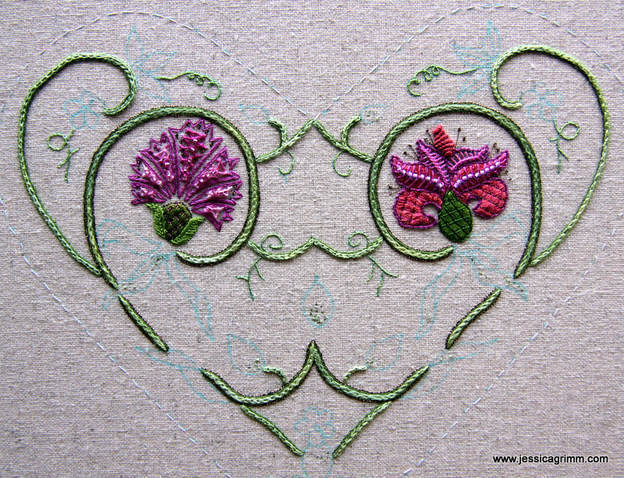
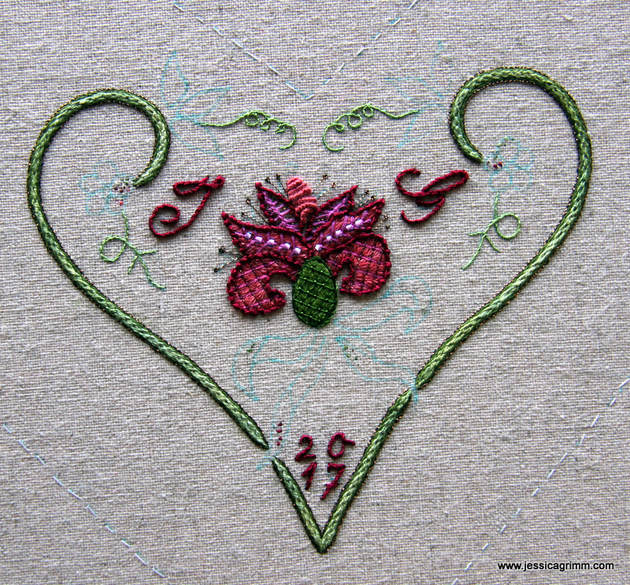
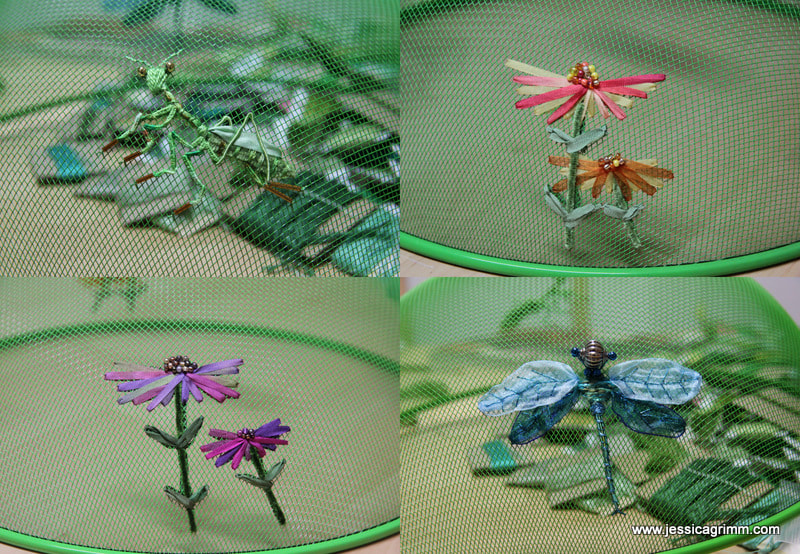
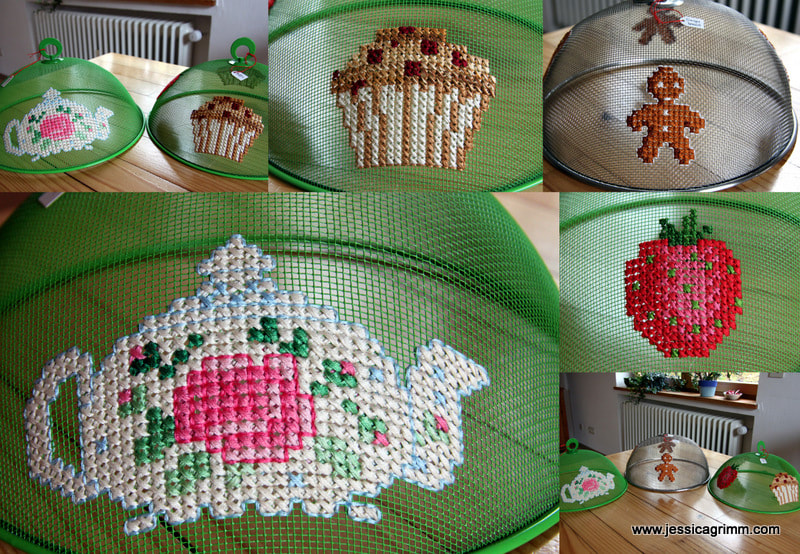
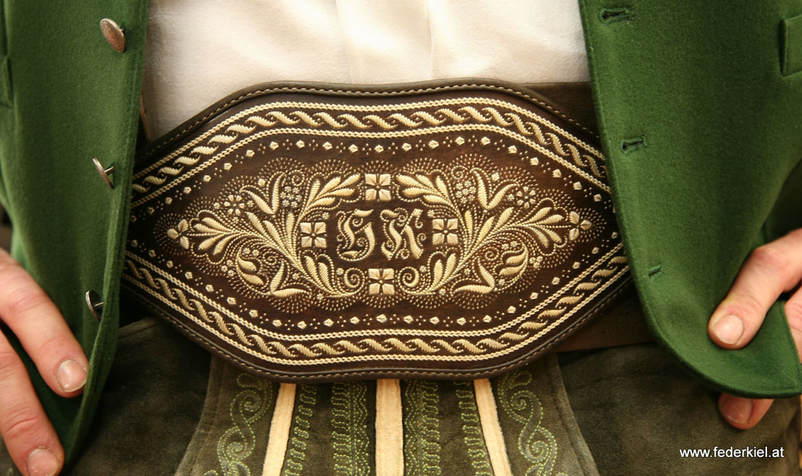
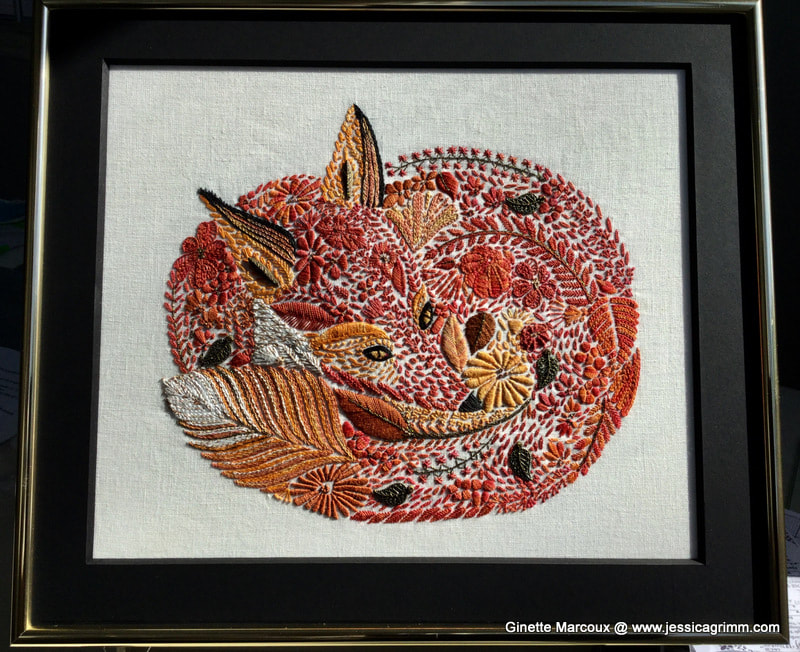
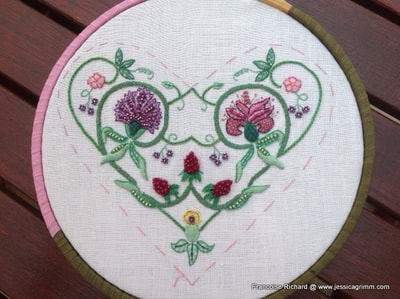
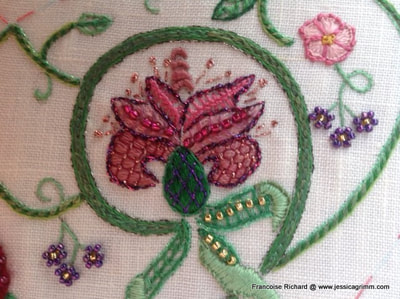
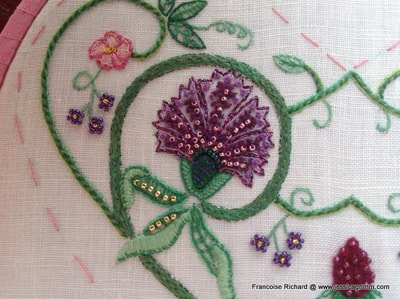
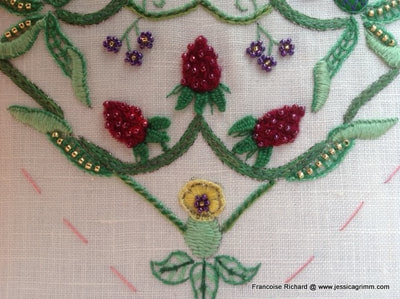





 RSS Feed
RSS Feed